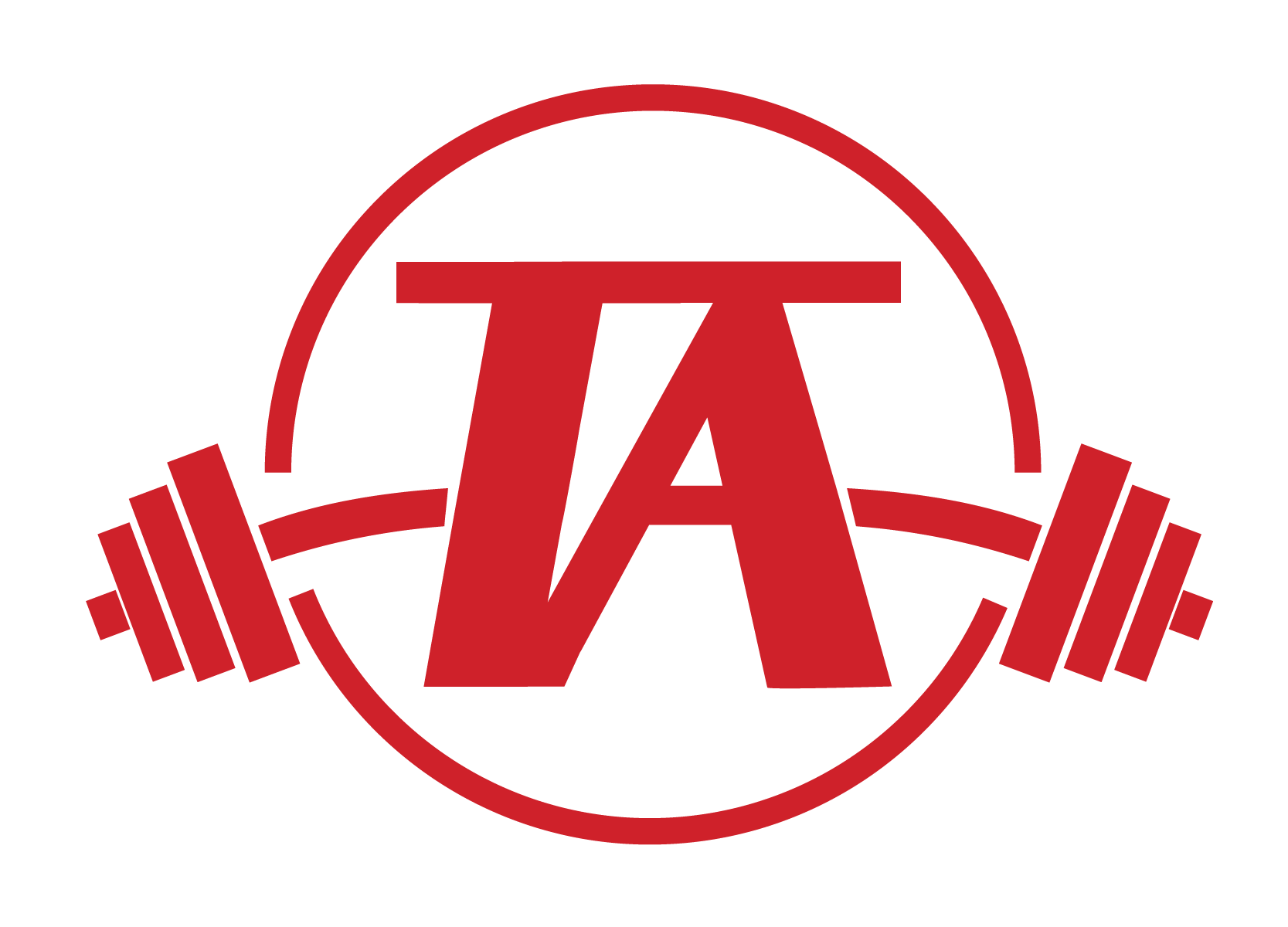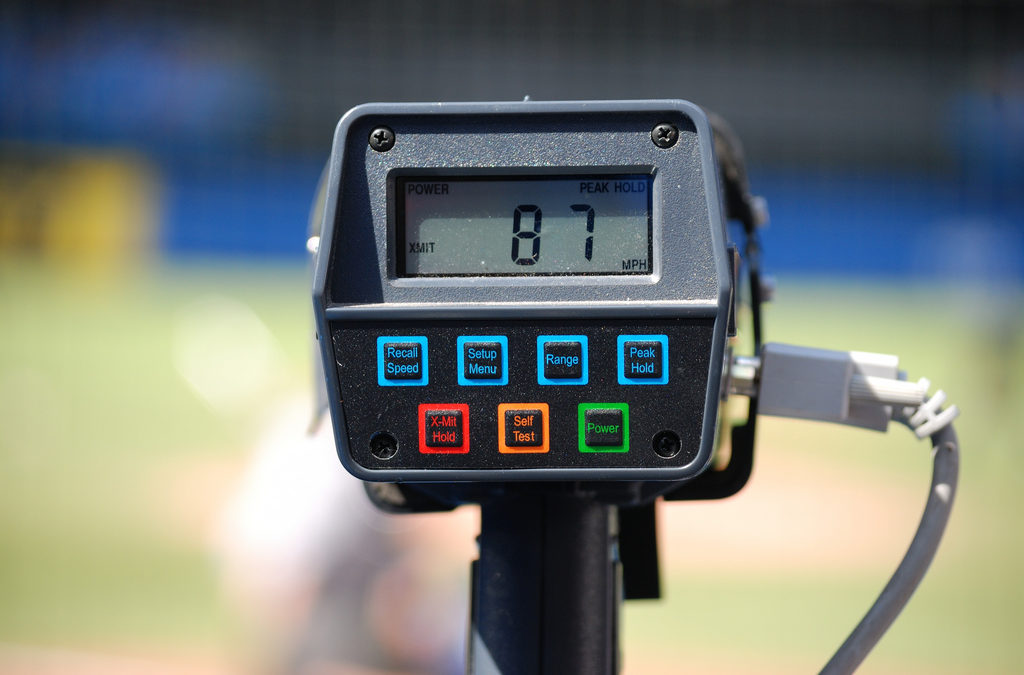In-season training has started to get more attention recently, and deservedly so, as in-season training is important for maintaining the progress you’ve made in the offseason as well as your overall performance and health. However, for the most part, pitchers, and especially starting pitchers, do not train the day before they pitch. In general, I do think this is a good rule of thumb, but I’ve been exploring alternatives to this long standing tradition.
The Good and the Bad of Eccentric Contractions
There are three basic types of muscle contractions: concentric (muscle shortening), eccentric (muscle lengthening), and isometric (muscle length does not change).
Eccentric contractions are the main cause of delayed onset muscle soreness (DOMS), which peaks 24-48 hours after exercise, due to a “disruption and microinjury of contractile proteins leading to a loss of contraction force” (Wackerhage, 2003). Both soreness and reduced contraction force can be detrimental to performance, hence most pitchers will choose not to train the day before they pitch.
However, complete removal of eccentric contractions in-season is not ideal. Eccentric contractions help increase muscle cross sectional area (hypertrophy), which has direct benefits for strength improvements (Hedayatpour et al., 2015). They also have neurological benefits such as increased cortical activity and changes in motor unit activity, which lead to improved muscle function (Hedayatpour et al., 2015). Eccentric training for frequently used movement patterns and muscles in certain sports has also been associated with reduced rates of new and recurrent injuries (Nicolas, 2013).
What if we could provide some potentiating benefits without hindering muscle recovery/performance?
Training The Day Before Without Soreness or Fatigue
I’ve written about post activation potentiation (PAP) before, and what I’m about to explore is along the same lines. A study using a low volume power type training session 24 hours before a retest of explosive performance improved all metrics tested (Tsoukos, 2018). They used 5 x 4 squat jumps at 40% 1RM and rested 3 minutes between sets. During the retest 24 hours later, countermovement jump height, reactive strength index (jump height divided by ground contact time during a depth jump), and rate of force development all improved significantly (Tsoukos, 2018).
This is just one study, but here are my takeaways from this:
Low volume. Training the day before a start is essentially a primer for your central nervous system (CNS), and should be done well below the point of fatigue; so don’t go nuts with the volume.
Pick biomechanically similar movements. I discussed the importance of this in my previous PAP article, but picking movements that are similar to the movements you are trying to improve is important. In the study above, they used squat jumps because they were testing countermovement jump height, RSI during depth jumps, and RFD during a leg press. All of these are biomechanically similar to a depth jump.
Practically, how would this look for a pitcher?
Supine Med Ball Lat Throw
Plyo Push-Ups
Lateral Bound
Each of these movements has a specific purpose. The medicine ball variation uses the lats to accelerate the ball. During the pitching delivery the lats and pecs are the big time accelerators of the arm, so potentiating them could be beneficial. Plyo push-ups are included for their ability to involve the pecs and elbow extensors in accelerating the body, also important in throwing velocity. Finally, lateral bounds are biomechanically similar to the movement of the lower body during pitching, and lateral bound distance has been shown to correlate with throwing velocity (Lehman et al., 2013).
Volume should stay low, so each of these movements should be used for 2-3 sets of 3 reps, with roughly 3 minutes of rest between sets.
This does not mean that you HAVE to train the day before a start in order to throw well; it is just an option. If you’re currently performing well, and have a set routine, this is probably better saved for the offseason when you can test it out before a few high output throwing sessions.
Interested in training with us in-person or remotely? Contact us and let’s set up a time to discuss your needs.
Resources
Featured Photo:
“Radar Gun on a Lincoln Off-Speed Pitch” by James G. Licensed by CC BY 2.0
Hedayatpour N, Falla D (2015) Physiological and Neural Adaptations to Eccentric Exercise: Mechanisms and Considerations for Training. Biomed Research International.
Nicolas AW (2013) Does eccentric training of hamstring muscles reduce acute injuries in soccer? Clinical Journal of Sport Medicine.
Wackerhage H (2003) Recovering from eccentric exercise: get weak to become strong. The Journal of Physiology.
Tsoukos A, Veligekas, Brown LE, Terzis G, Bogdanis GC (2018) Delayed Effects of a Low-Volume, Power-Type Resistance Exercise Session on Explosive Performance. Journal of Strength and Conditioning Research.
Lehman G, Drinkwater EJ, Behm DG (2013) Correlation of throwing velocity to the results of lower-body field tests in male college baseball players. Journal of Strength and Conditioning Research.

